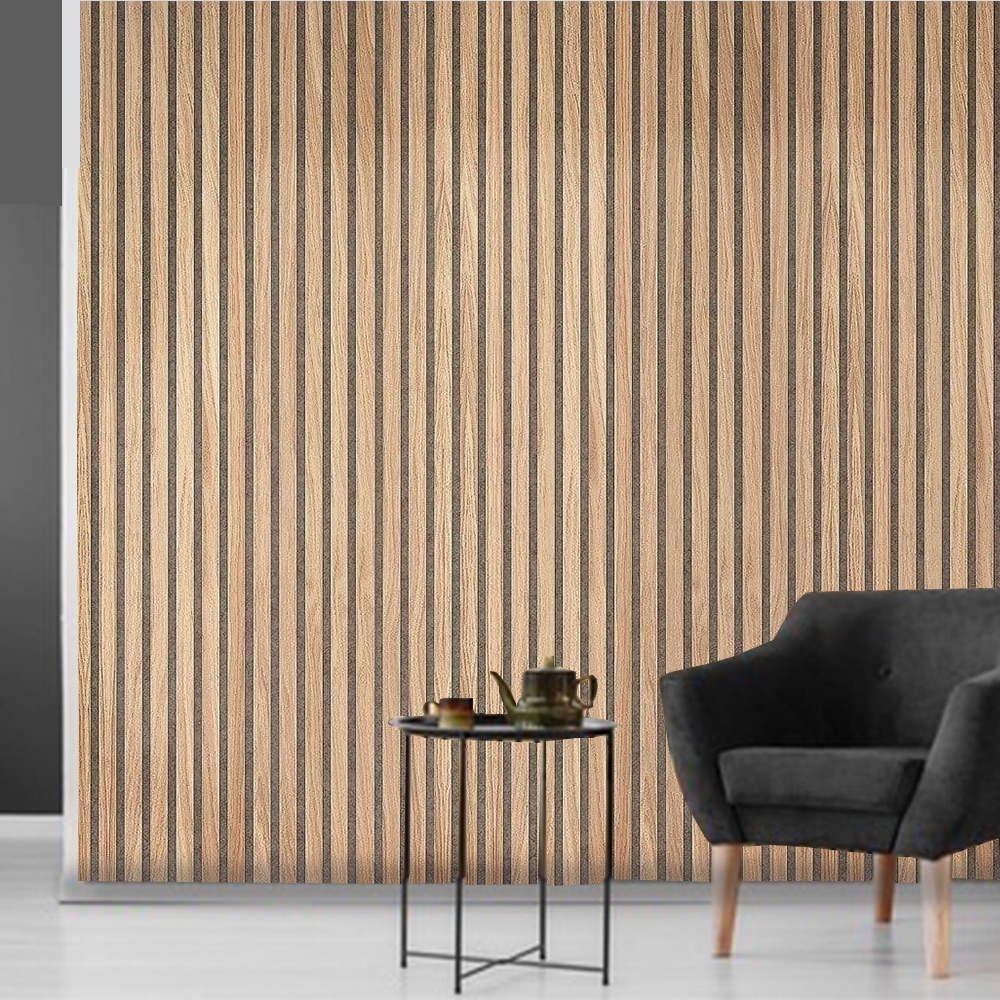Street noise can be a nuisance, whether you’re trying to relax at home or focus in an office. Many people look for solutions to create a quieter indoor environment, and acoustic panels often come up as a possible fix. But do acoustic panels block street noise? Let’s dive into this question and explore how acoustic panels work, their benefits, and their limitations when it comes to reducing unwanted outdoor sounds.
What Are Acoustic Panels?
Acoustic panels are specially designed materials that help improve sound quality within a room by reducing echoes and absorbing noise. They are commonly made from materials like:
- Foam: Lightweight and effective for absorbing sound.
- Fabric-wrapped materials: Offer better aesthetics along with sound absorption.
- Wood panels with acoustic backing: Combine stylish designs with functional noise control.
These panels are typically mounted on walls or ceilings in homes, offices, studios, and other spaces where sound management is important.
Do Acoustic Panels Block Street Noise?
The short answer is no, acoustic panels don’t block street noise entirely. Acoustic panels are primarily designed to absorb sound within a room, not to stop external noise from entering. However, they can indirectly help with reducing the perception of street noise. Here’s how:
How Acoustic Panels Work
- Sound Absorption: Acoustic panels reduce echoes and reverberation, which can make street noise less noticeable.
- Improved Indoor Sound Quality: By absorbing internal sound waves, they create a more peaceful indoor environment.
- Indirect Noise Reduction: Although they don’t block external noise, they make the interior sound environment less chaotic.
What They Can’t Do
- Soundproofing: Acoustic panels aren’t a substitute for soundproofing. Blocking street noise requires materials like mass-loaded vinyl, dense insulation, or double-glazed windows.
- Stop Vibrations: Street noise often travels as vibrations, which acoustic panels are not designed to handle.
When to Use Acoustic Panels for Street Noise
While acoustic panels may not completely block street noise, they can still be useful in certain scenarios:
- Urban Apartments: Reduce indoor echoes to make outside noise less noticeable.
- Home Studios: Improve sound clarity when recording or playing music.
- Home Offices: Create a more focused work environment by dampening indoor sound distractions.
Other Solutions to Block Street Noise
If your goal is to completely block street noise, consider combining acoustic panels with other strategies:
1. Soundproof Windows
- Install double or triple-glazed windows for better insulation.
- Use window inserts to add an extra soundproofing layer.
2. Weatherproofing Doors
- Add door sweeps or seals to prevent noise from seeping in through gaps.
- Replace hollow doors with solid ones for better noise reduction.
3. Installing Soundproof Curtains
- Use heavy, dense curtains designed to block sound waves.
- Combine with acoustic panels for better results.
4. Wall Insulation
- Add soundproof drywall or insulation materials to walls facing the street.
- Use materials like mass-loaded vinyl or Green Glue for maximum effectiveness.
Acoustic Panels vs. Soundproofing
| Feature | Acoustic Panels | Soundproofing Materials |
|---|---|---|
| Primary Purpose | Absorbs sound inside a room | Blocks external noise |
| Street Noise Reduction | Minimal | Significant |
| Best Use Case | Reducing echoes and reverberation | Eliminating external noise |
| Installation | Mounted on walls/ceilings | Requires construction or heavy-duty materials |
How to Maximize Acoustic Panel Benefits
If you decide to use acoustic panels to improve your indoor sound experience, here are some tips:
- Choose High-Quality Materials
- Opt for panels with dense, high-performance cores like mineral wool or fiberglass.
- Place Strategically
- Cover reflective surfaces such as walls and ceilings near windows or noisy areas.
- Combine with Other Methods
- Use soundproofing techniques to complement acoustic panels for a quieter indoor environment.
DIY Acoustic Panel Installation
Here’s a simple step-by-step guide to installing acoustic panels:
- Plan Panel Placement: Identify spots with the most noise or echo issues.
- Prepare the Surface: Clean and smooth the wall or ceiling area where the panels will be installed.
- Attach Adhesive: Use strong adhesive strips or hooks to hold the panels securely.
- Install Panels: Press the panels firmly against the surface to ensure a tight fit.
- Check Alignment: Ensure the panels are evenly spaced and aligned for both effectiveness and aesthetics.
Frequently Asked Questions
1. Can acoustic panels completely block street noise?
No, acoustic panels are not designed to block street noise. They help reduce echoes and improve indoor sound quality, but for blocking external sounds, you’ll need soundproofing materials.
2. Are there specific types of acoustic panels for outdoor noise?
Not specifically. Panels with dense cores may absorb some sound better, but they are not a complete solution for street noise.
3. Do thicker acoustic panels perform better?
Yes, thicker panels generally absorb more sound, which can help make indoor spaces quieter, but they still won’t block external noise.
4. How many acoustic panels do I need for a room?
It depends on the size of the room and the level of noise absorption you need. A general guideline is to cover 10-25% of the wall space.
5. Can I combine acoustic panels with other noise-reducing methods?
Absolutely. Combining acoustic panels with soundproof windows, insulation, and curtains will provide the best results for reducing street noise.
Conclusion
So, do acoustic panels block street noise? While they can’t fully stop outdoor sounds from entering your space, they are a fantastic tool for creating a quieter, more comfortable indoor environment. By reducing echoes and improving sound clarity, acoustic panels make a noticeable difference when paired with other noise-reduction methods.
If you’re looking for a stylish and functional way to manage sound in your home or office, explore the wide range of acoustic wood panels. With the right combination of solutions, you can enjoy peace and quiet, even in the heart of a bustling city.








